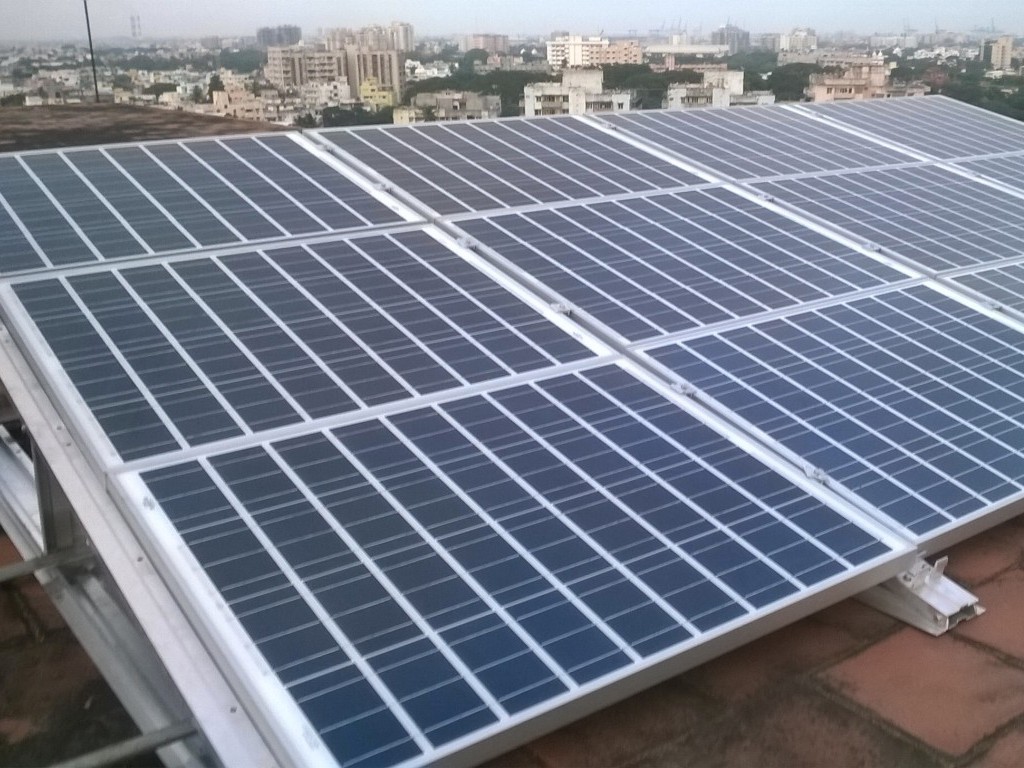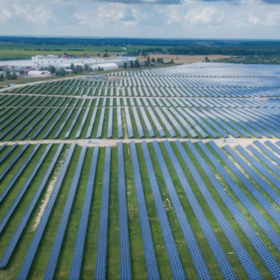In an attempt to smooth passage to national solar targets, the Ministry of New and Renewable Energy (MNRE) has set a timetable for solar auctions and tendering, with specific months allocated to central and state governments, public sector undertakings (PSUs) and state-level enabling agencies.
The schedule is specific to large scale tenders, with rooftop PV left to its own devices.
According to the draft schedule, the Solar Energy Corporation of India (SECI) has been allocated December, March, June, and September for its tenders and auctions; the National Thermal Power Corporation (NTPC) and PSUs have January, April, July, and October; and state agencies can be active in February, May, August and November.
The MNRE laid out the draft schedule in a letter to state agencies, requesting them to stick to the plan.
Speaking to pv magazine, Pranav Mehta, founder and Chairman of the National Solar Energy Federation of India, and Chairman-elect of the Global Solar Council, described the timetable as a “very wise move”.
Manufacturers can plan output
“It will avoid [any] clash of dates, ensure sustained activity and also smoothly meet the announced target of tendering [and] auctioning 30 GW in the current and next financial years,” Mr. Mehta said.
Welcoming the move, Viren Choksi, Head of Business Development for Australian Premium Solar (India), said the timetable will ease avoidable pressure on the solar PV value chain and make it more sustainable.
“All PV manufacturers can now better plan their production and delivery, and make optimum utilisation of existing manufacturing capacities and facilities. On the other hand, developers can also plan their participation throughout the year,” Mr. Choksi told pv magazine.
Expressing concern over the implementation of the timetable, solar consultant H R Sreenivasa Rao, of Vineeti Consultants, said the states are not obliged to follow it.
“There is no coherent partnership between the centre and the state about solar policies and regulations. [The] MNRE can only issue guidelines to the states, it is not a regulatory authority. The states can choose to not stick to the timetable,” he told pv magazine.
At the end of the first half, India’s cumulative solar installations stood at 24.4 GW, representing 7.03% of the nation’s power capacity.
This content is protected by copyright and may not be reused. If you want to cooperate with us and would like to reuse some of our content, please contact: editors@pv-magazine.com.








1 comment
By submitting this form you agree to pv magazine using your data for the purposes of publishing your comment.
Your personal data will only be disclosed or otherwise transmitted to third parties for the purposes of spam filtering or if this is necessary for technical maintenance of the website. Any other transfer to third parties will not take place unless this is justified on the basis of applicable data protection regulations or if pv magazine is legally obliged to do so.
You may revoke this consent at any time with effect for the future, in which case your personal data will be deleted immediately. Otherwise, your data will be deleted if pv magazine has processed your request or the purpose of data storage is fulfilled.
Further information on data privacy can be found in our Data Protection Policy.